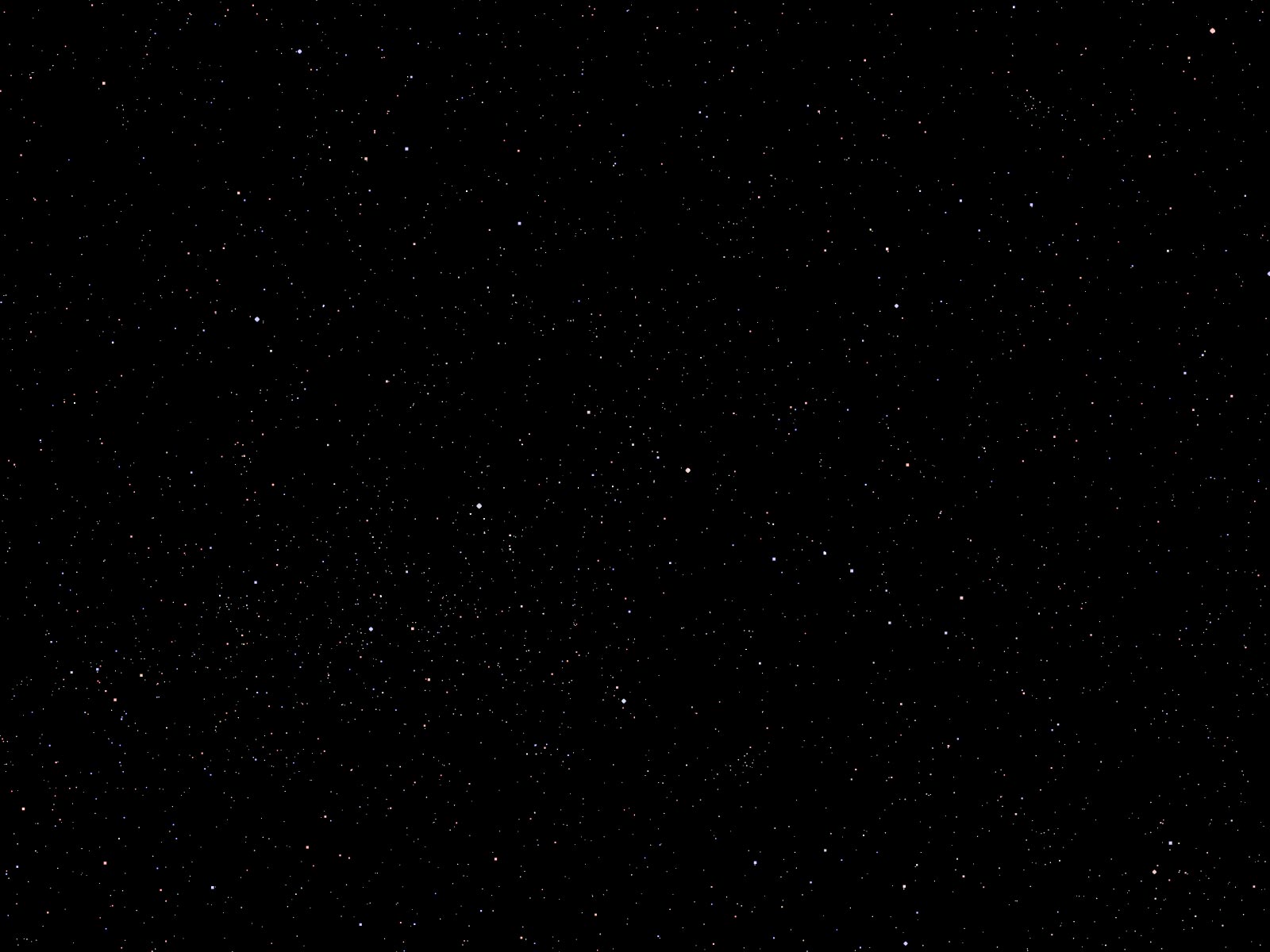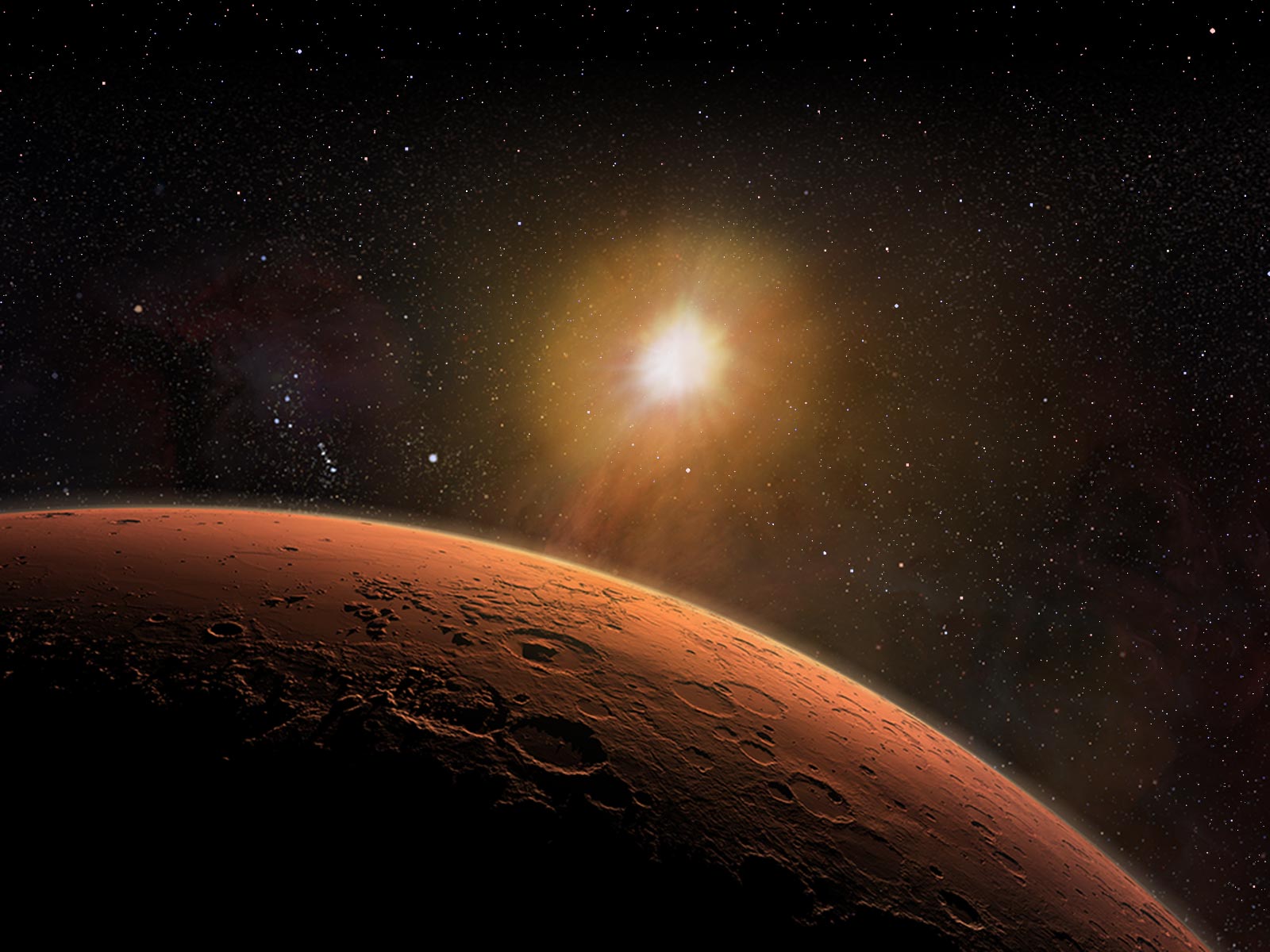


 U.Mars — Encyclopedia
U.Mars — Encyclopedia
Basic Astronomy and the Nighttime Sky
Human exploration of Mars received a long-awaited boost following the impact of asteroid 4096 Kasei in the equatorial region of Mars in 2036, not far from the Gale Crater of MSL "Curiosity" fame. Remote detection of new and substantial amounts of water vapor over the impact site, combined with models suggesting sustained subsurface temperatures in the 0–15°C range, suddenly made it by far the most favorable site for proposed human landings.
A flurry of reconnaissance missions from 2043–2045 identified the subsurface fault exposed in the Kasei impact, evidently the source of steam venting. It was deep in that fault that "Crowell's Swimming Hole" was discovered in late 2048, during the same mission that saw humanity's first steps on Mars.
This underground water source became the center of colony planning, though by the time the first automated diggers and habitat modules arrived in 2067 it had partially re-frozen over its surface. Today, the fault has been sealed with advanced polymer/ceramic materials from processed Martian soil, and sufficiently-high atmospheric pressure within the underground fault prevents the further freezing or sublimation of this invaluable water source. Current models suggest that this temperate underground climate can be maintained with the help of planned engineering projects for at least the next five hundred years or more.
The "U.Mars Student Exchange Program" was established in 2080 to help train succeeding generations of exceptional, adventurous students — you — in the knowledges and skills needed to advance humanity's exploration and colonization of the Solar System and beyond. As a member of the first incoming group of students to the University you will obtain a solid foundation in basic astronomy, explore the Solar System, nearby stars, galaxies, and develop an appreciation of Earth's, humanity's, and your place in the Universe.
Newly-arrived U.Mars students may expect to be greeted by a "Copper" support robot, which can help orient them to life in the colony. Another robot, "Lerpz," has been especially dedicated to overseeing students' coursework while living on Mars. As the "University of Mars" is somewhat of a virtual entity, itself, it is altogether fitting that it frequently makes use of the Virtual-Reality Laboratory facilities as its classroom.
See also: